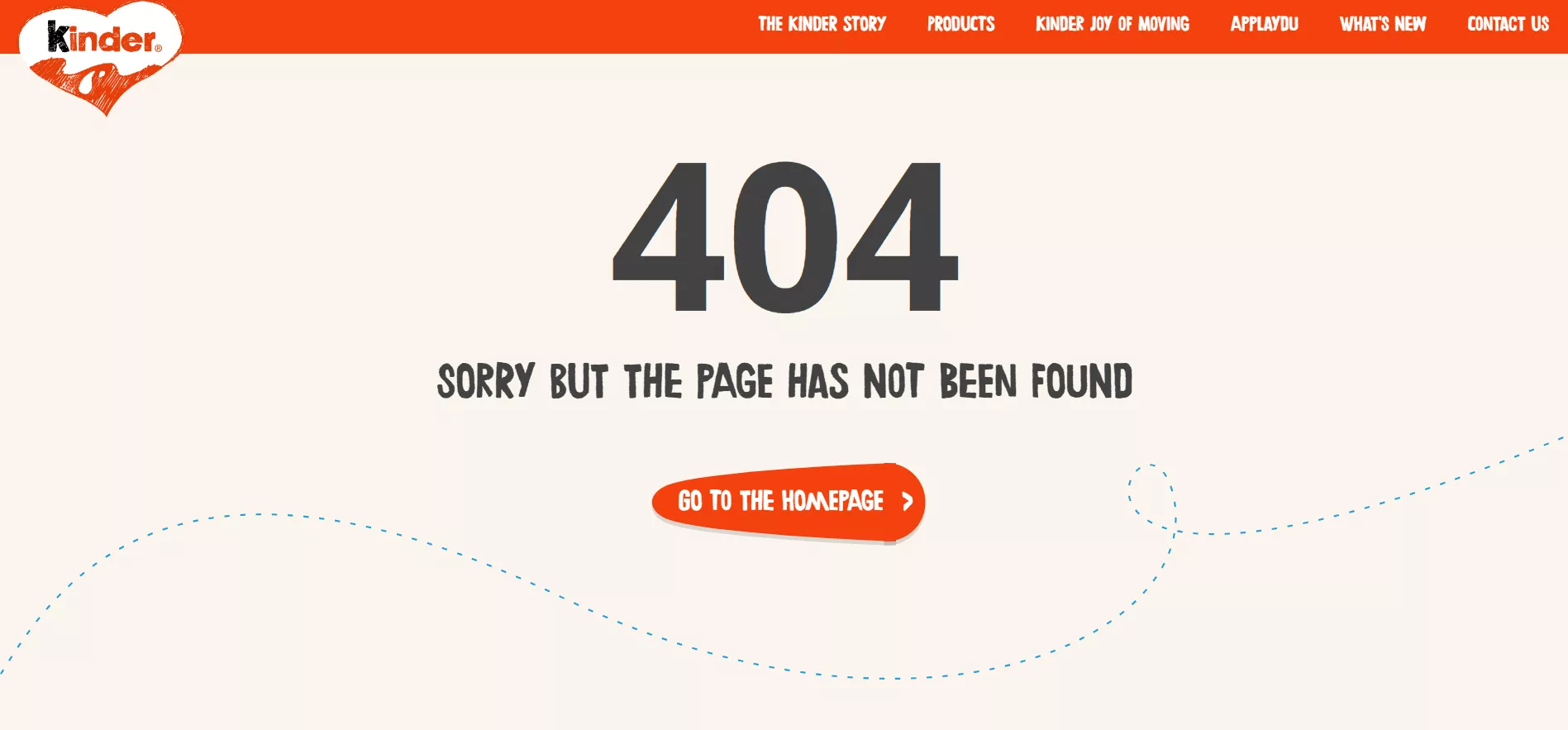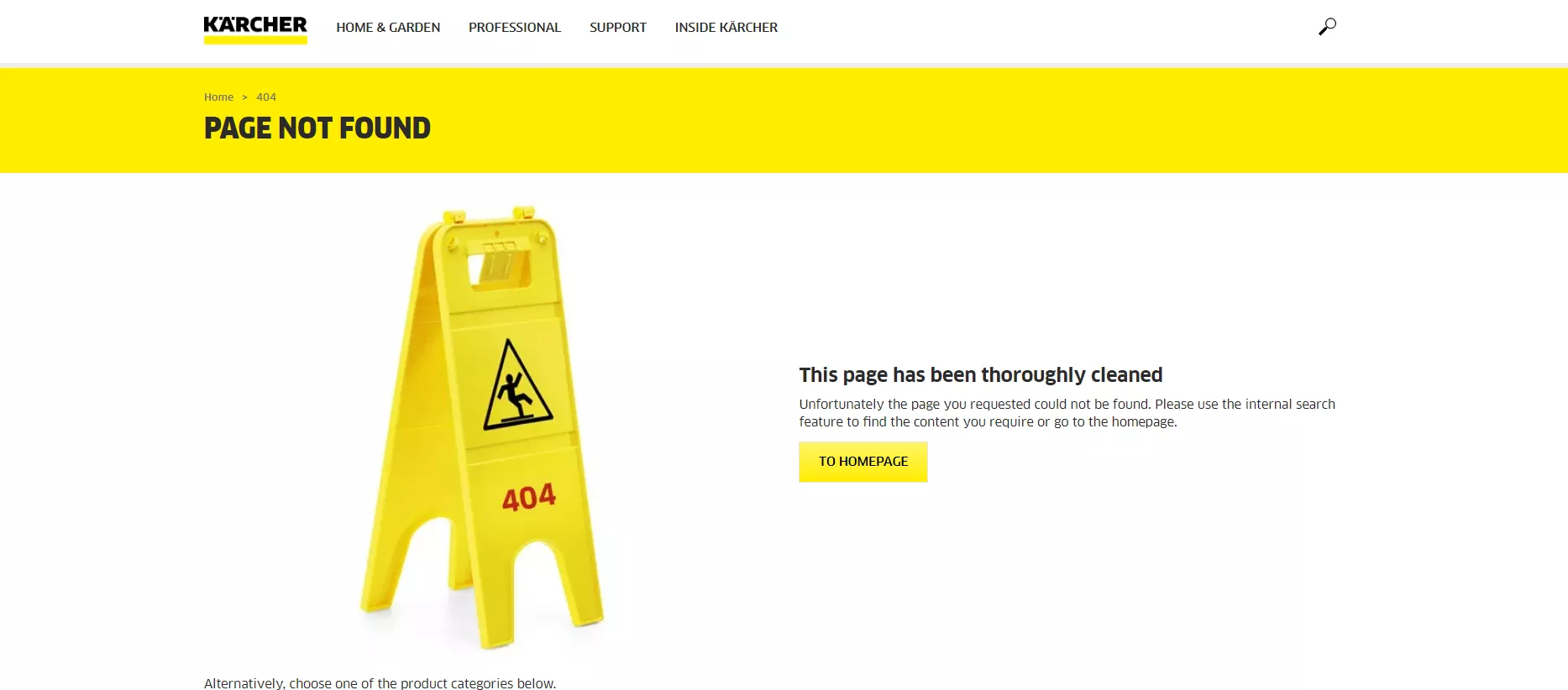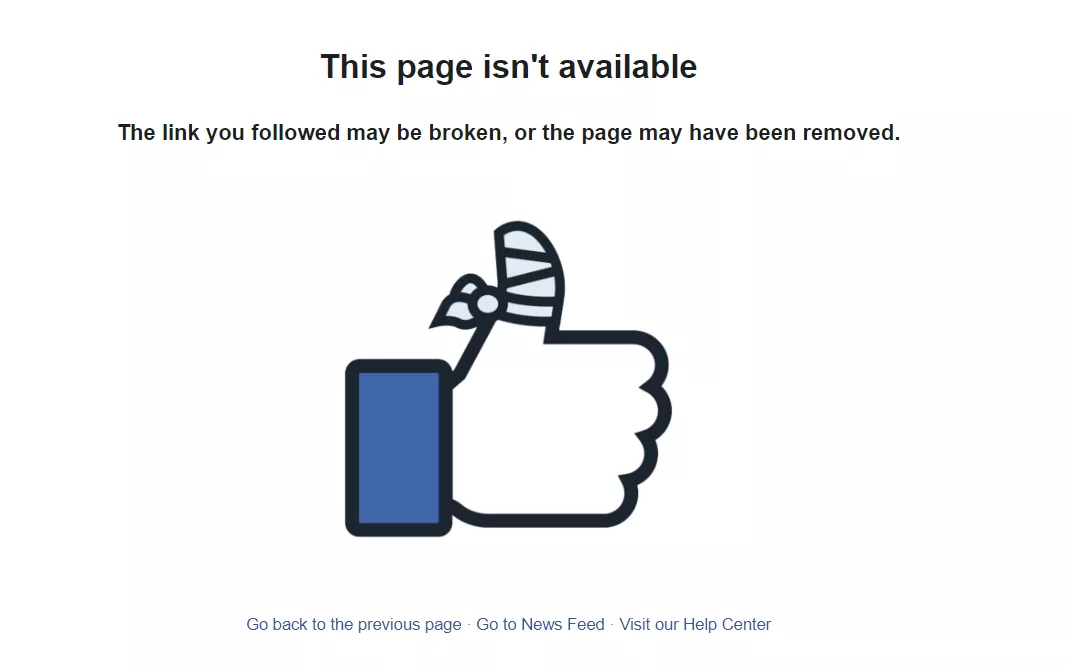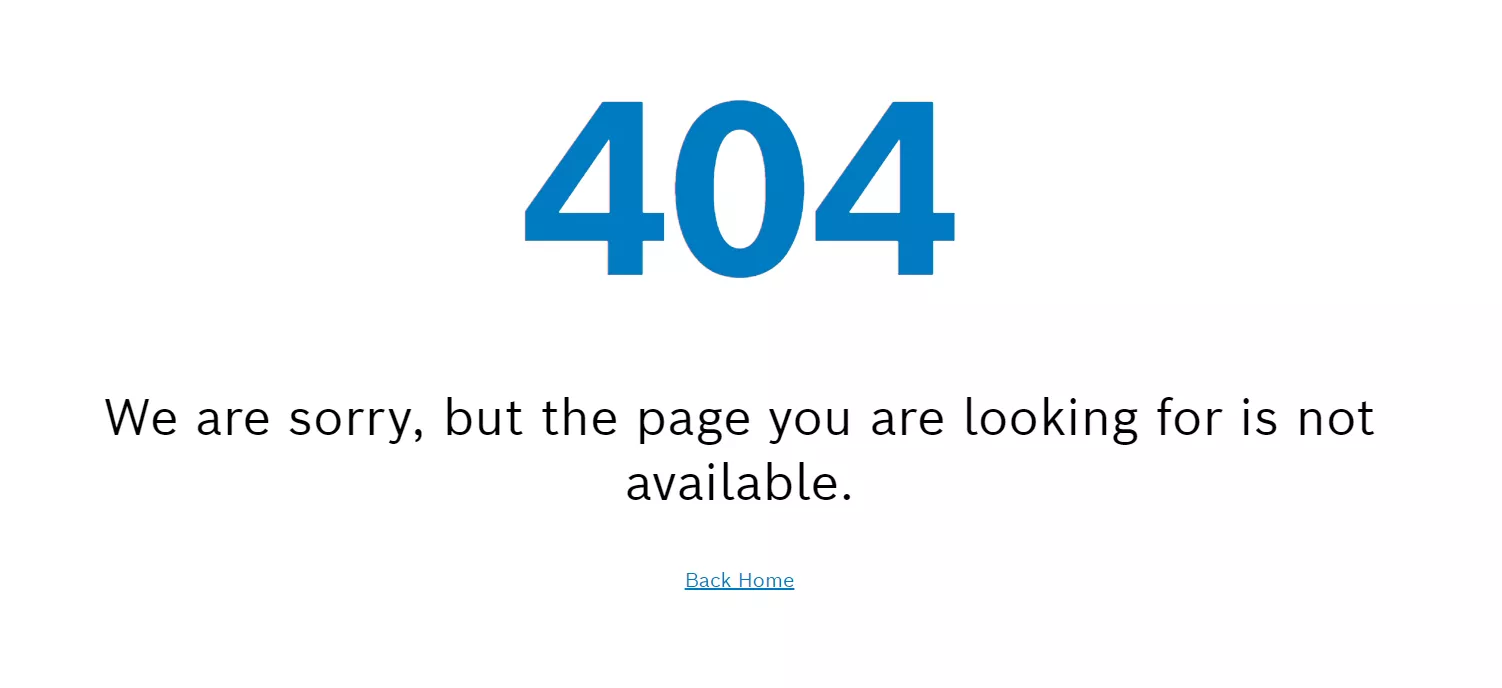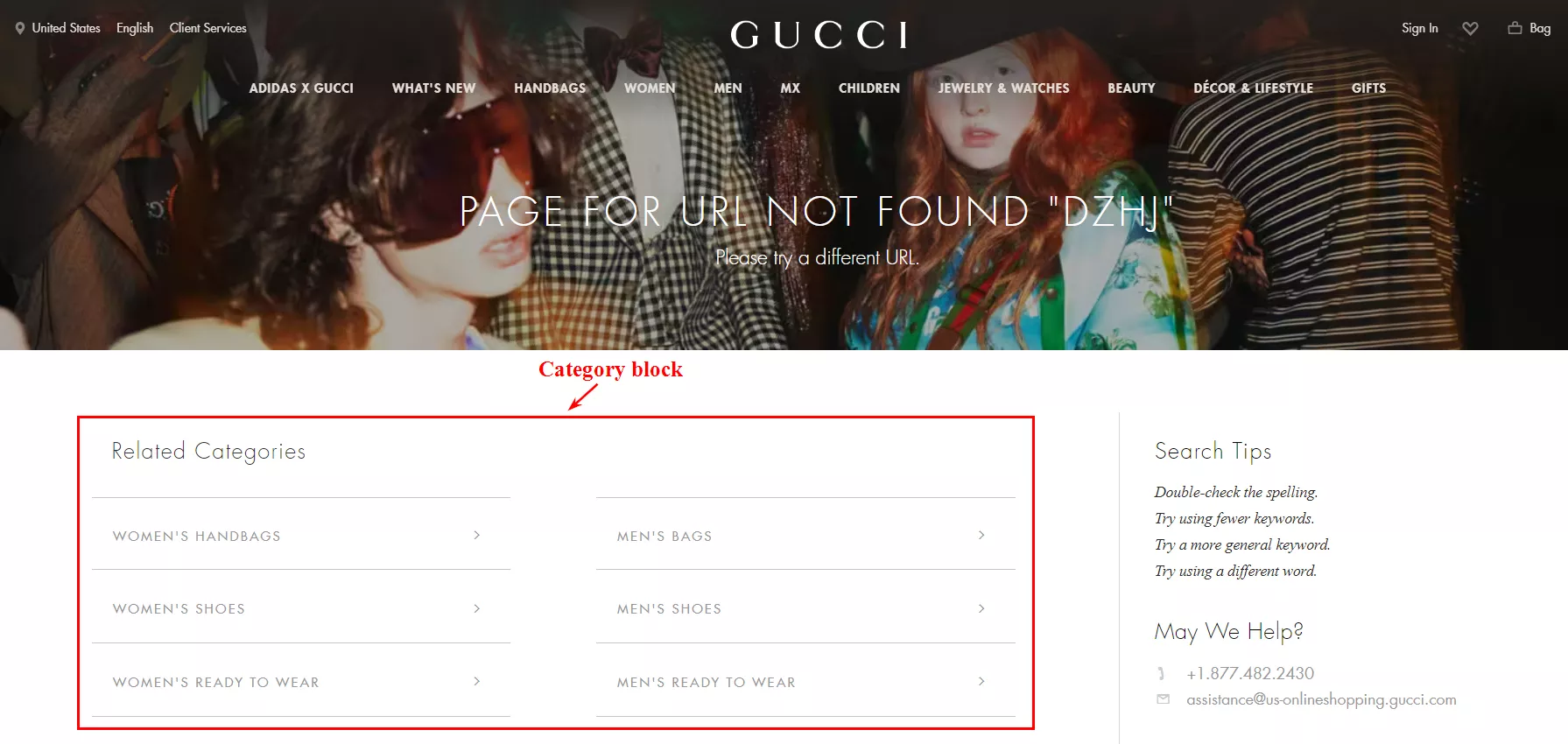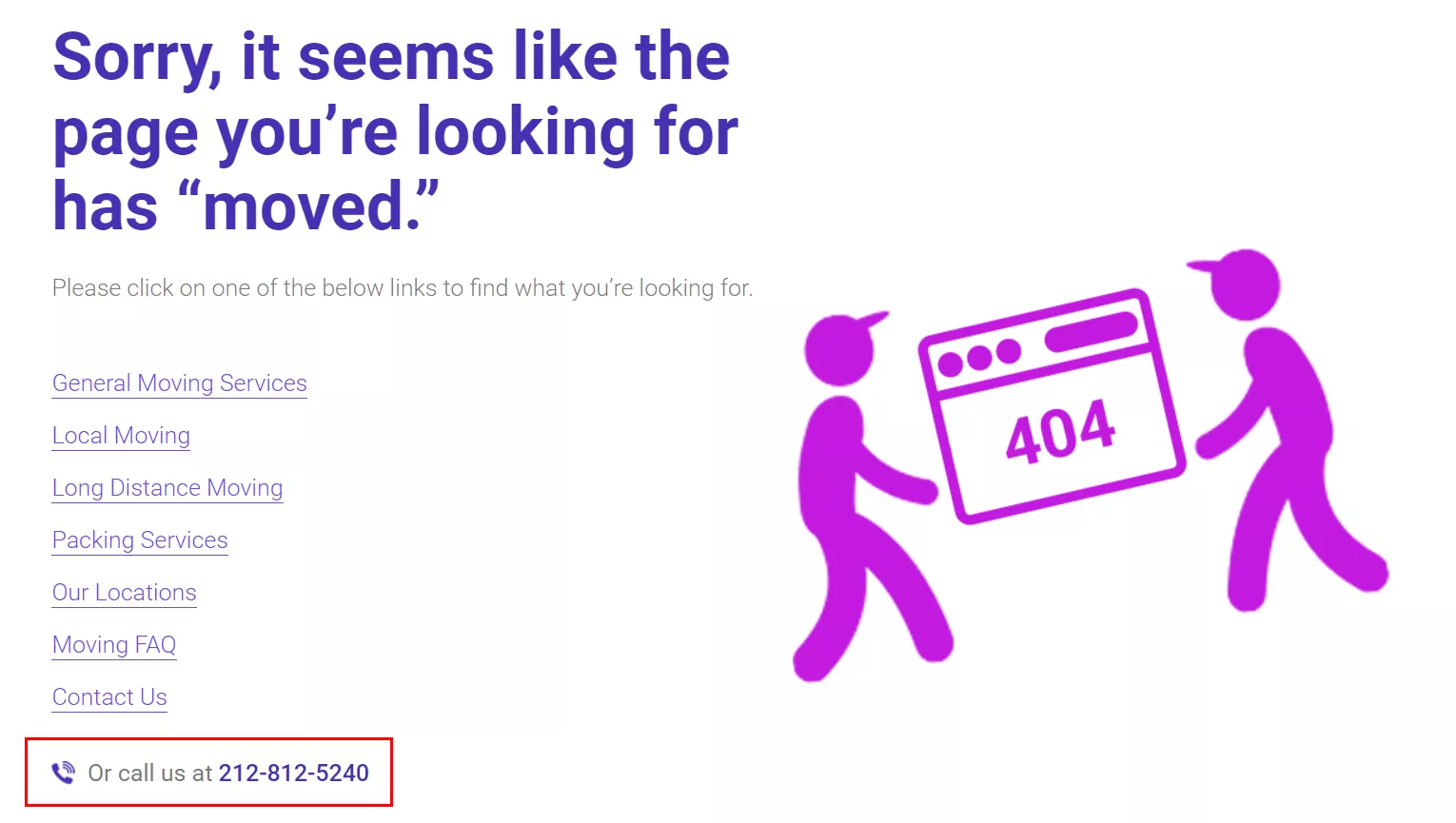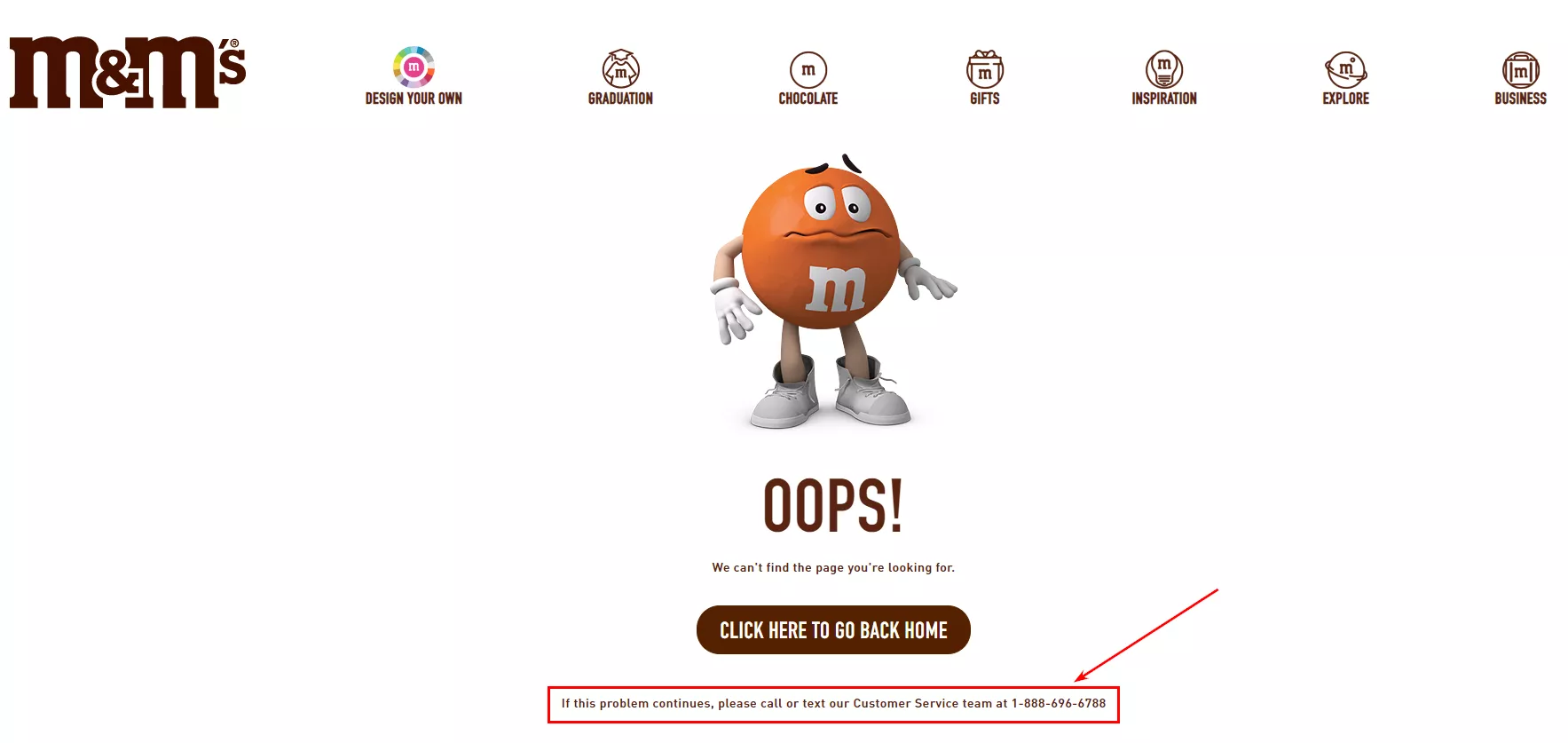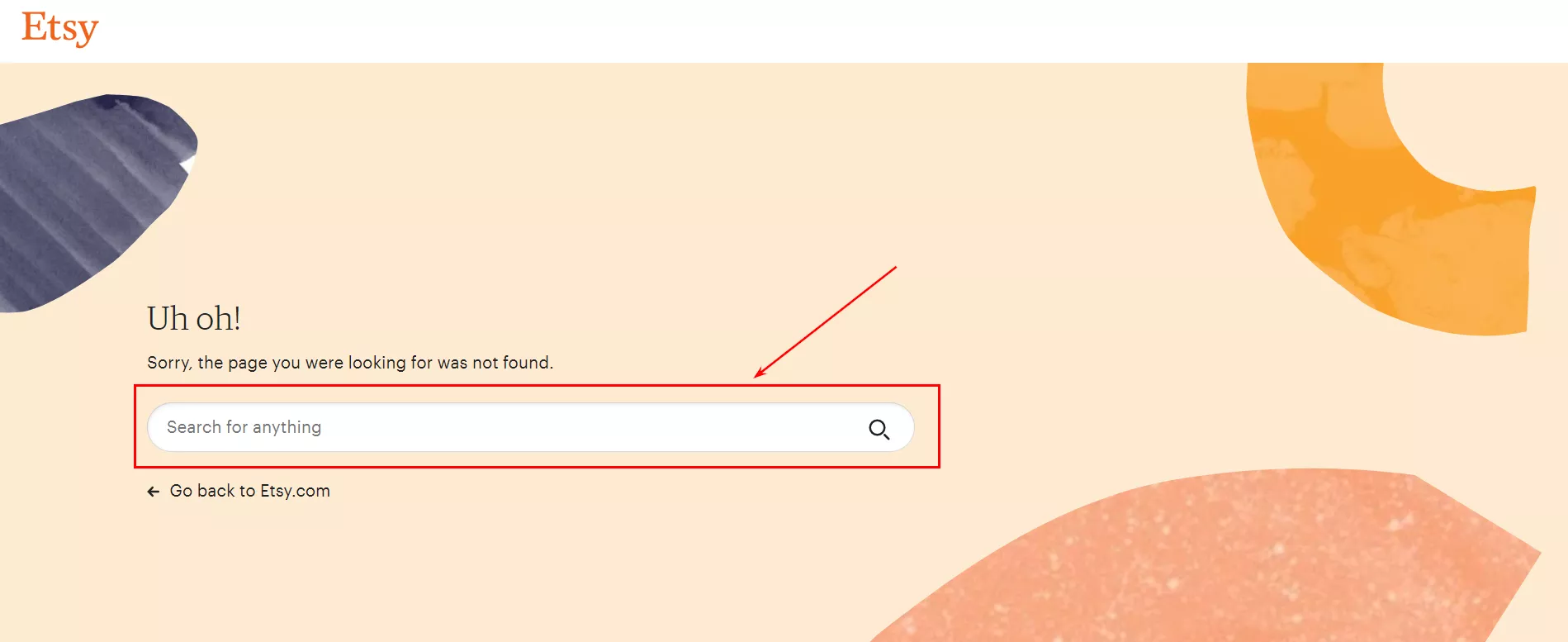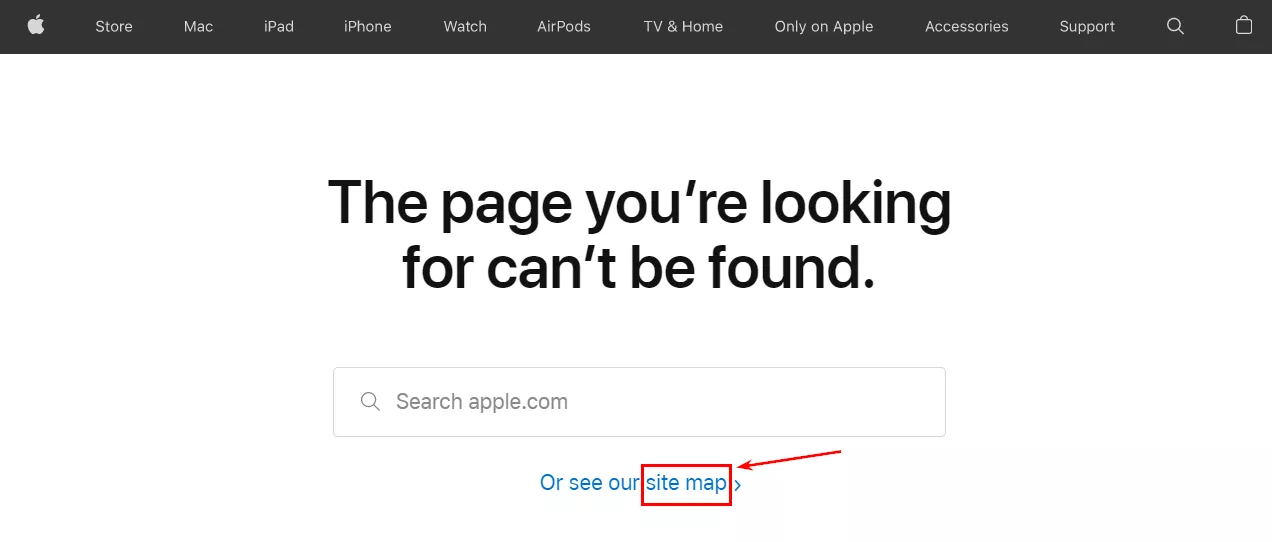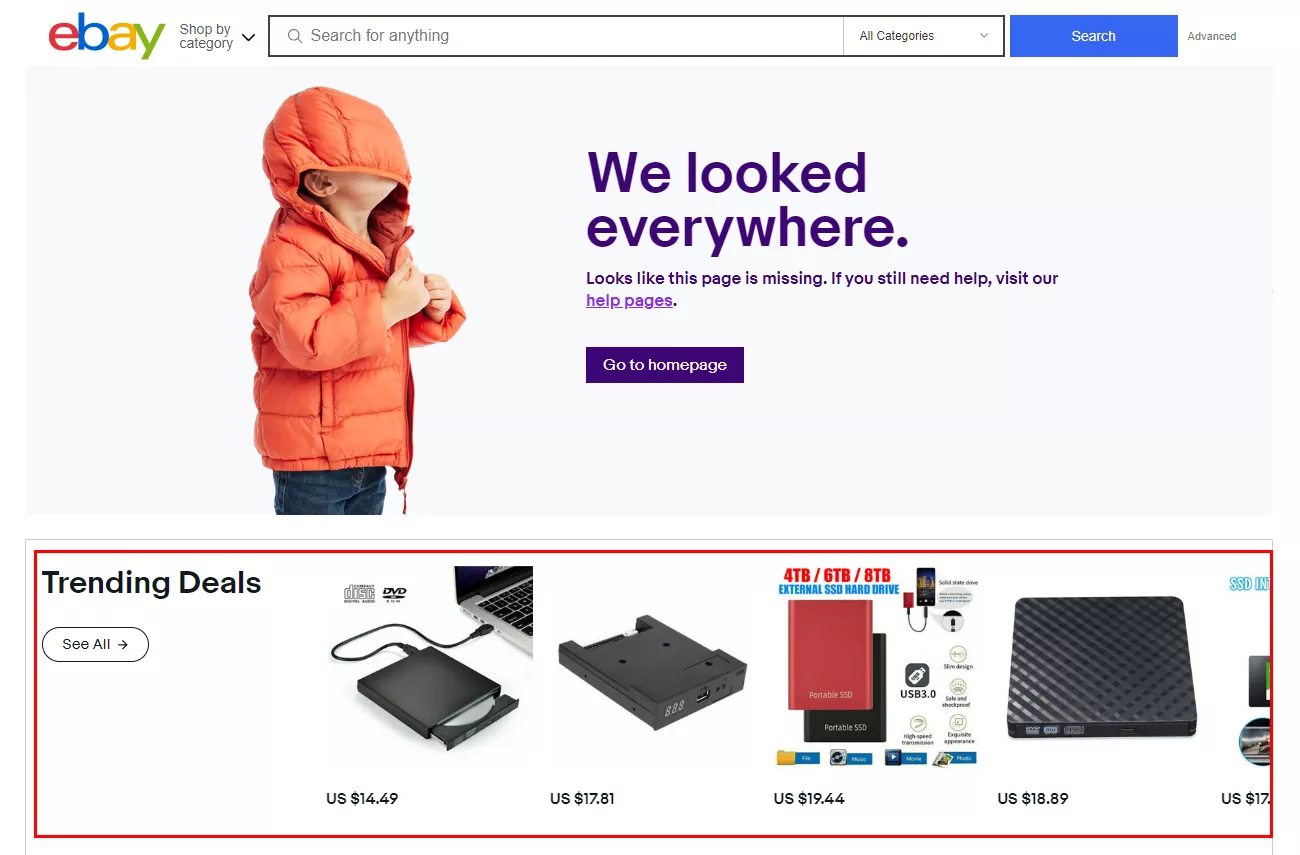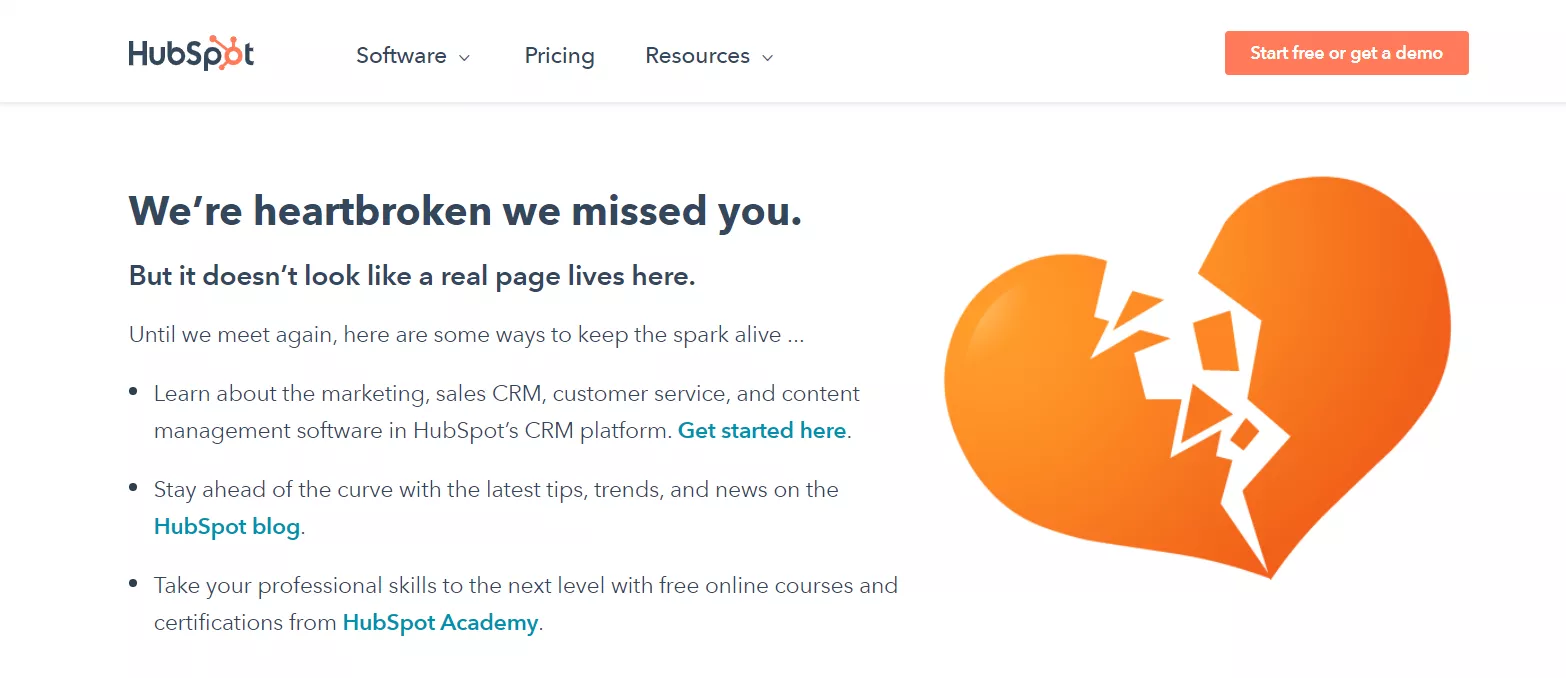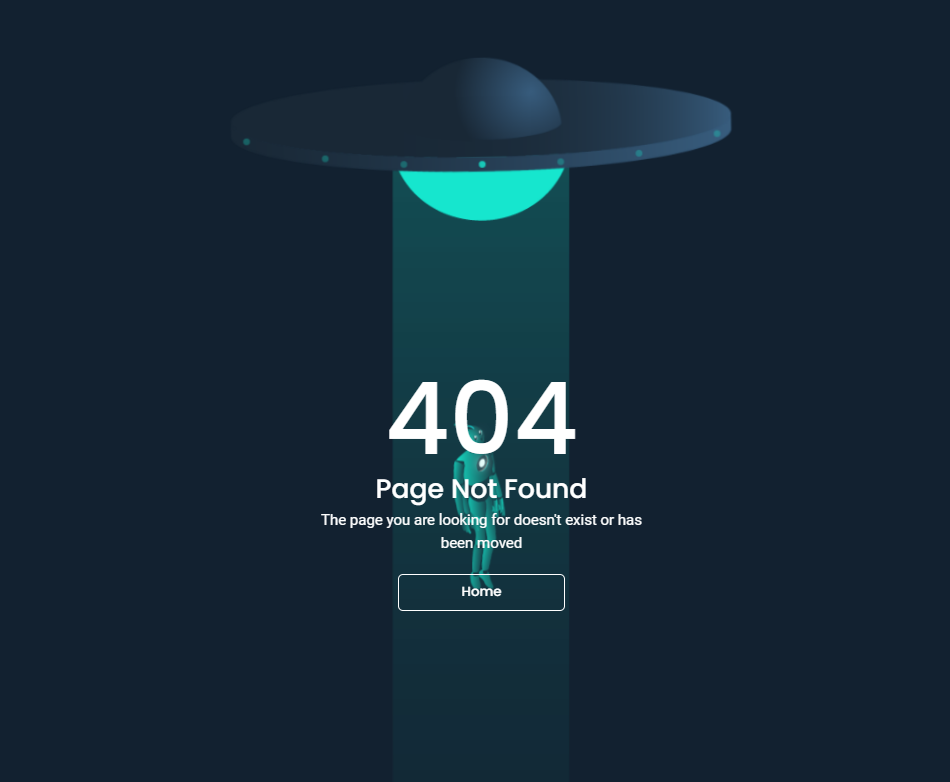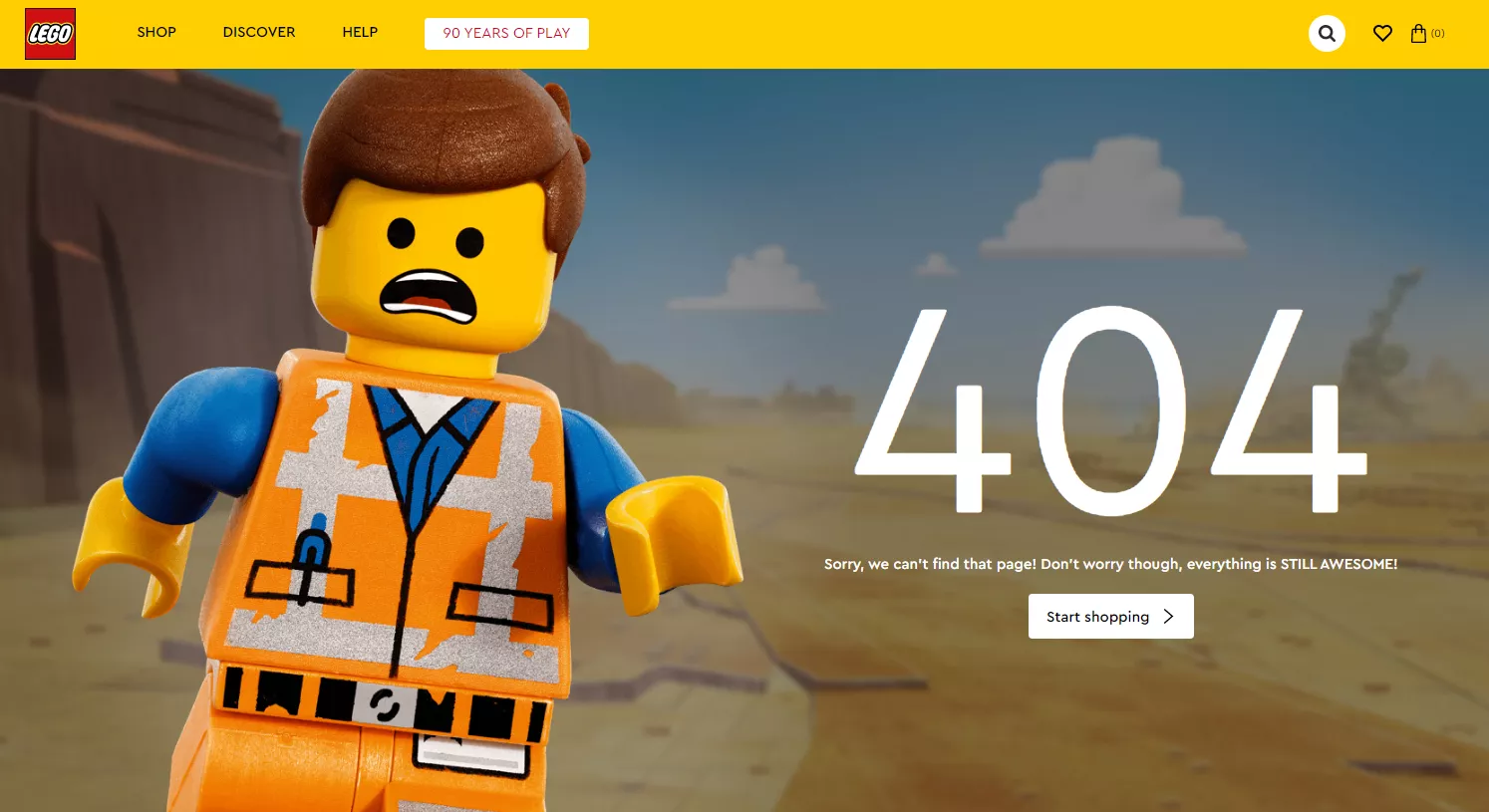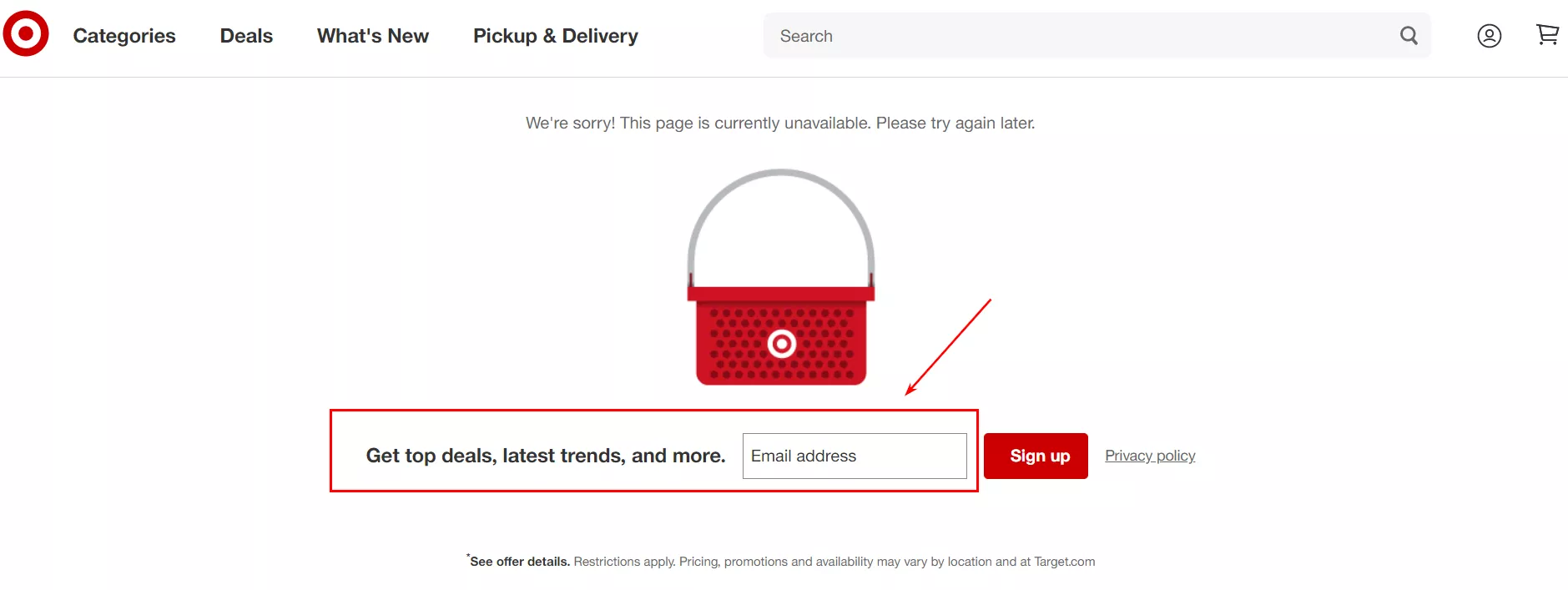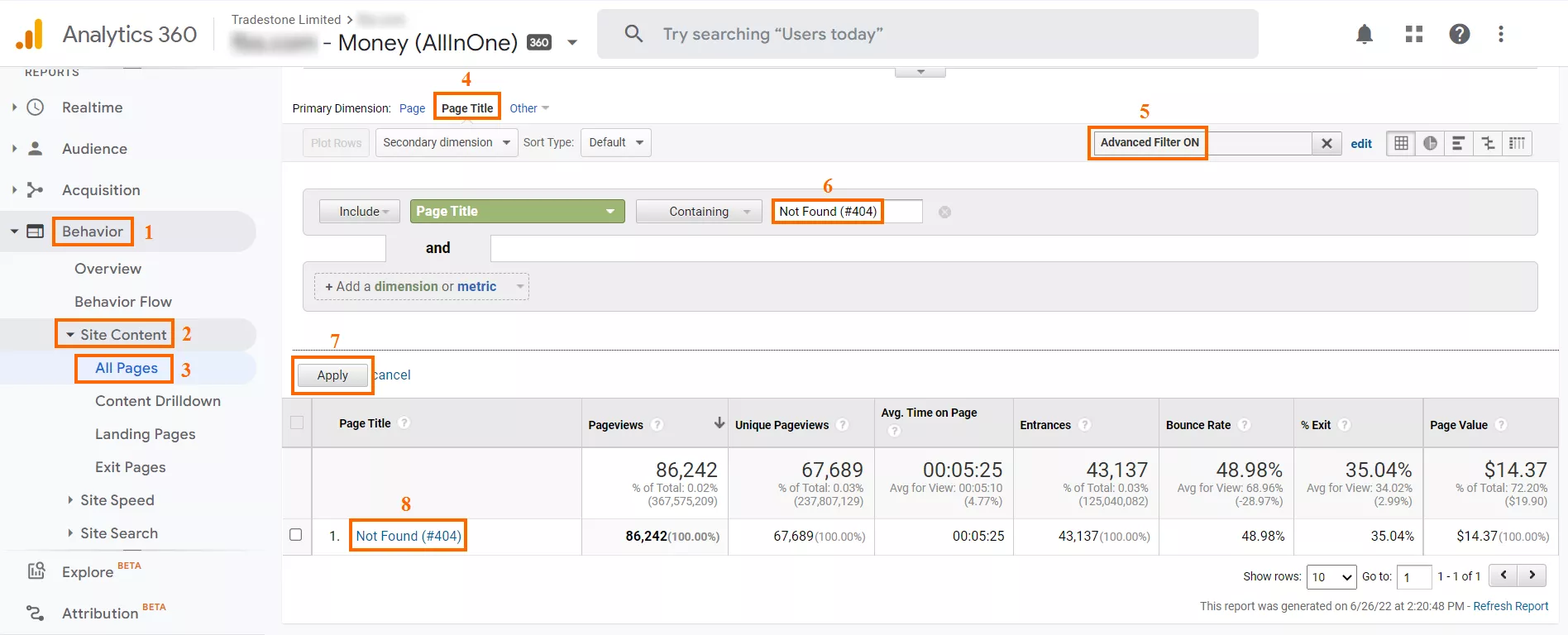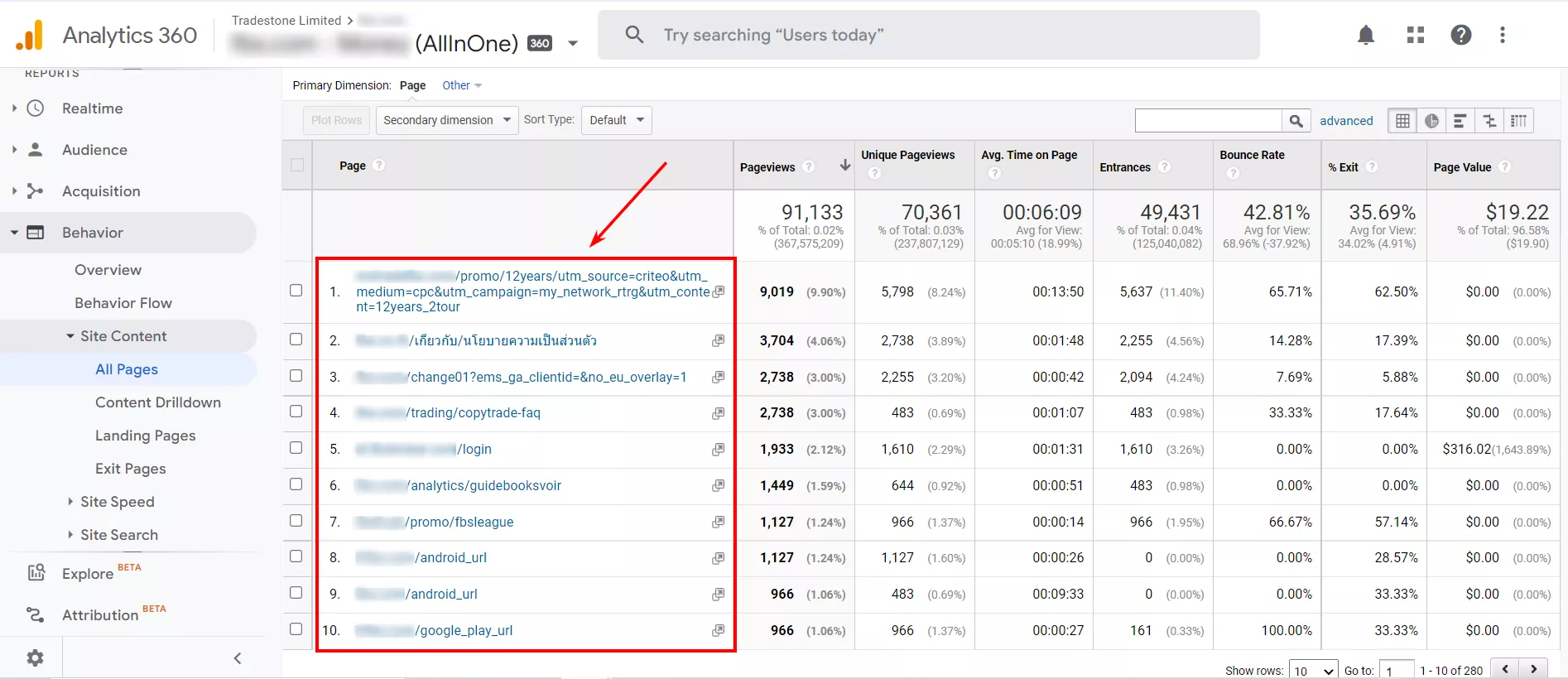All of us have encountered a 404 error on the site and such a page wanted to leave as soon as possible. But some companies, online stores, and media create pages with a 404 response from the server, which you immediately add to your bookmarks.
Let me tell you how to achieve this effect and make the most out of a 404 page.
Is a 404 Error Bad for SEO?
404 Not Found is a server response code that informs you that the page cannot be found at the specified address.
There is an opinion that the presence of pages with 404 errors on the site has a negative impact on SEO, but in fact, this is not entirely true.
From Google Help:
In general, 404 errors won’t impact your site’s search performance, and you can safely ignore them if you’re certain that the URLs should not exist on your site. They could be caused by someone making a typo when linking to you, some type of misconfiguration (if the links are automatically generated, for example, by a CMS), or by Google’s increased efforts to recognize and crawl links embedded in JavaScript or other embedded content.
The appearance of 404 errors on the site is an unavoidable situation, and the reasons for this may be different:
- changes in the site structure;
- broken links;
- URL changes;
- page or site no longer exists.
These causes require careful research – it is necessary to replace broken links with the actual links, and to set up 301 redirects to the actual pages when changing the structure and URLs of the site.
Dive into our glossary for key SEO definitions to boost your expertise!
However, there are also quite ordinary situations when 404 pages appear. For example:
- a typo when a user enters a URL;
- removing products from the site.
In these cases, the appearance of a 404 page is inevitable and logical for search robots. Let’s look at how to optimize 404 pages for the site.
In each case, you need to create a template and configure a 404 server response code for non-existent pages. At the same time, follow the rules that help SEO:
- The 404 page must be configured correctly and return an HTTP 404 (Not Found) code to keep it out of the search engine index. First of all, such pages will be considered duplicates. Secondly, it may have a negative impact on behavioral factors. If a person from the search gets on the 404 page – he obviously would be upset because he was expecting to see something completely different. Consequently, he will quickly leave your site and go back to the search.
- It is not recommended to do a 301 redirect to the home page. This way you confuse the user: he was expecting to get one page, and in an unknown way he ended up on the home page. There should be a link to the home page from the 404 page, but not a redirect.
Common Mistakes when Configuring 404 Pages
When it comes to configuring 404 pages, there are a few common mistakes that are often made:
Not having a 404 page at all
One of the most common mistakes is not having a 404 page at all. This means that if someone tries to access a page that doesn’t exist, they’ll simply see a blank page or an error message.
Not customizing the 404 page
A lot of sites have a generic 404 page that doesn’t really offer much help to the user. It’s important to customize your 404 page so that it’s helpful and informative.
Not testing the 404 page
Finally, a lot of site owners forget to test their 404 pages. This is a mistake because you might find that the page isn’t working correctly or that it’s not redirecting properly.
Avoid these three common mistakes and you’ll be on your way to having a great 404 page.
Do I Need to Create Custom 404 Pages?
Very often 404 pages are designed in a standard way and look something like this:
Google recommends creating your own 404 pages:
If you have access to your server’s configuration files, you can make these error pages useful to users by customizing them. A good custom 404 page helps people find the information they’re looking for, and also provides other helpful content that encourages people to explore your site further.
Creating custom 404 pages for people
Basic recommendations for how to make a 404 page customized:
1. When creating 404 pages, you need to keep a unified style for your site or brand. Also, the design of the 404 page can emphasize business operations specifics. So the user will immediately understand that he got to the site he was looking for, but there were certain difficulties.
2. Be polite and explain why the person is on this page. Almost every user is familiar with this error and has a general idea of what happened. But be prepared to help those who are confused. The message should be clear and understandable – without technical details.
3. Give links that might be useful to the user. For example, the most visited pages, popular categories, or new content on the site. The user should be able to go to the home page.
4. Provide an opportunity to report a problem. This is an additional way to monitor site errors and show the user how much you care about their experience and comfort.
5. Place a search bar on the page with the 404 server response code. You’ll see that this action will have a positive effect on user behavior. However, first, make sure that the search works correctly and the person will find what he was looking for. Otherwise, he will not be disappointed and will unlikely want to be on your site in the future.
6. If your site is not big and well-structured, place a link to the site map.
7. An effective technique for online stores – display on 404 pages similar or recently viewed products.
404 Pages Best Practices
Use creative ideas and present such pages in an original way – it will smooth out the unpleasant impression of the 404 page and keep people on your site:
1. Engage your creativity and all your talents in design and humor. Here are 5 ideas to help:
2. Interactive elements. Entertain the person, add a simple game, and give unobtrusive content. It’s quite possible that in this way your site will be remembered and get a chance to be bookmarked. Here is a collection of 10 404 pages best practices:
- https://www.kualo.com/404
- https://hotdot.pro/404/
- https://www.gymbox.com/404
- https://www.carwow.co.uk/404
- https://slack.com/404
- https://pureemaison.com/en/404
- https://zhenyary.com/404
- https://www.figma.com/404/
3. Promotions and gathering a customer base. A great chance to increase your loyalty and encourage you to buy or order a service.
How to configure a 404 page?
There are enough plugins to configure 404 pages on the WordPress platform. But it’s not always possible to configure through a plugin or do it for a site on another platform. I suggest you such a way:
- Create a 404 HTML page.
- Place the .htaccess file on the hosting in the root directory of the site.
- The 404 page you want to create should have a server response code other than 200, that is 404 (Not Found). To do this, write a line of code on the 404 page and add the file to the server:
Header("HTTP/1.1 404 Not Found")If this is not done, the pages can get into the index.
To check the server response code, use these services:
- https://httpstatus.io/
- https://sitechecker.pro/http-status-codes/
- https://www.webfx.com/tools/http-status-tool/
- https://wtools.io/check-http-status-code
How to monitor 404 errors
404 errors can occur for a variety of reasons, including a misspelled URL, a broken link, or a deleted file. If you’re a website owner, it’s important to monitor your 404 errors so that you can fix them as soon as possible. While 404 errors don’t necessarily impact your website’s ranking, they can still result in a poor user experience and can be frustrating for both website visitors and search engines. There are a few different ways to monitor 404 errors on your website.
Monitoring 404 errors with Google Search Console
Fortunately, Google Search Console makes it easy to monitor your website for 404 errors. Simply add and verify your website with Google Search Console, and then go to the “Settings” tab. From there, you can click on “Crawl stats” and “Not found (404)” to see a list of any 404 errors that Google has detected on your website.
Once you’re aware of the 404 errors on your website, you can take steps to fix them. In some cases, you may be able to simply delete the offending page. In other cases, you may need to update your website’s sitemap or create a redirect from the old page to a new one.
Monitoring 404 errors with Google Search Console is a quick and easy way to keep tabs on your website’s health. By taking the time to fix 404 errors, you can help improve your website’s user experience and make it easier for search engines to crawl and index your website.
Monitoring 404 errors with Google Analytics
As Search Console does not report on 404 pages visited by visitors, but only on 404 pages found by Googlebot crawlers, you can use Google Analytics.
The number of 404 errors can be monitored with Google Analytics in such way:
- Login to your Google Analytics account and click “Behavior” in the left sidebar.
- Click “Site Content” in the submenu.
- Click “All Pages”.
- Now sort the pages so that you get a summary focused on the title “Not Found (#404)”. This is the title used in our case because it’s used on the sample website (check what you have installed by hovering your cursor over the error page tab in your browser). Below the graphic, you will find custom fields. Click on "Page Title”.
- Use the “Advanced” search.
- In the “Filter" field, type “Not Found (#404)”.
- Click the “Apply” button.
- Click the “Not Found (#404)” button and receive the URL addresses for which the user received the error 404
Conclusions
Work on audience loyalty, try to be memorable by using the 404 error. Make it a feature of the site and remember:
- The presence of a 404 error on a site does not directly affect the position in the search engine.
- To not lose traffic and to improve behavioral factors, you need to create custom 404 pages.
- The pages with the 404 error should contain information explaining why the user is here, and where to go next. This is necessary to make a person understand: the site works and you can stay on it.
- You can monitor 404 errors on your website with Google Search Console or Google Analytics to improve your website’s user experience and make it easier for search engines to crawl and index your website.
When creating 404 pages, properly configure the server response codes and check them with https://httpstatus.io/, https://sitechecker.pro/http-status-codes/, https://www.webfx.com/tools/http-status-tool/, https://wtools.io/check-http-status-code. This will help to avoid problems with the site being indexed by search engines.
FAQ
How to find 404 pages on your website?
There are a few ways you can find 404 pages on your website:
- Check your website’s server logs. This will show you all the pages that were accessed on your site, including any 404 pages.
- Use a website crawler, like Screaming Frog, to crawl your site and find any 404 pages.
- Check Google Analytics. If you have Google Analytics installed on your site, you can check the “404 Errors’” report under the “Behavior” section.
Does a custom 404 page help SEO?
A custom 404 page does not directly help SEO, but it can help reduce the number of 404 errors that are returned when a user tries to access a page on your site. This can help improve the user experience, which can indirectly help SEO.
How to make a custom 404 page?
There is no one-size-fits-all answer to this question, as the best way to create a custom 404 page will vary depending on the needs of your website. However, some tips on how to create a good custom 404 page include making sure that the page is informative and user-friendly, and providing links to other parts of your website that may be of interest to the user. You can make a custom 404 page by editing the “404.php” file in your theme.
Related Articles
Display Advertising Effectiveness Analysis: A Comprehensive Approach to Measuring Its Impact
In this article, I will explain why you shouldn’t underestimate display advertising and how to analyze its impact using Google Analytics 4
Generative Engine Optimization: What Businesses Get From Ranking in SearchGPT
Companies that master SearchGPT SEO and generative engine optimization will capture high-intent traffic from users seeking direct, authoritative answers
From Generic to Iconic: 100 Statistics on Amazon Marketing for Fashion Brands
While traditional fashion retailers were still figuring out e-commerce, one company quietly revolutionized how U.S. consumers shop for everything from workout gear to wedding dresses

